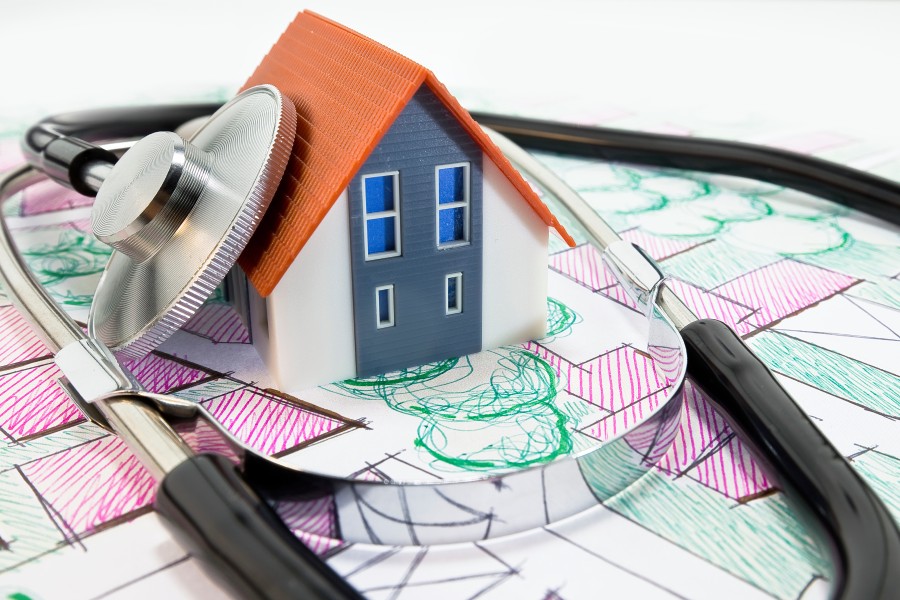What is a Radon Mitigation System and How Does It Work?
If you’ve recently discovered high levels of radon in your home, you might be wondering, “What exactly is a radon mitigation system, and how does it work?” Radon mitigation systems are crucial in reducing radon gas levels in your home, making it a safer place for you and your family. Let’s break it down into easy-to-understand steps.
What is Radon?
First, a quick recap: Radon is a radioactive gas that forms naturally from the breakdown of uranium in soil, rock, and water. It can enter homes through cracks in the foundation, gaps around pipes, or even through well water. Since radon is invisible and odorless, it can accumulate in your home without you even knowing, posing serious health risks over time.
What is a Radon Mitigation System?
A radon mitigation system is a specialized installation designed to reduce the concentration of radon gas in your home to safe levels. The goal is to prevent radon from entering your living spaces or to remove it from the air before it can cause harm.
How Does a Radon Mitigation System Work?
- Sub-Slab Depressurization (The Most Common Method)
- How It Works: This method involves creating a vacuum beneath the foundation of your home to draw radon out before it can seep into your living areas. A hole is drilled through the floor slab in your basement or lowest level. A PVC pipe is then inserted into this hole and extends upward, either out through your roof or along the side of your home.
- Ventilation: A fan is installed in the pipe to continuously pull radon from beneath the house and vent it safely into the atmosphere, where it quickly dilutes to safe levels.
- Crawl Space Ventilation
- How It Works: If your home has a crawl space, radon can be mitigated by installing a similar pipe and fan system or by increasing ventilation in the crawl space. Sometimes, a plastic sheet is laid over the crawl space floor and sealed, with a vent pipe running from beneath the sheet to safely vent radon outside.
- Sealing Entry Points
- Additional Protection: While the primary method involves venting, sealing cracks and openings in the foundation or around pipes can help prevent radon from entering your home. However, sealing alone is not enough and is usually done in conjunction with other methods.
Why is a Radon Mitigation System Important?
- Health Protection: The primary reason for installing a radon mitigation system is to protect your health. Long-term exposure to high levels of radon can lead to lung cancer, so reducing radon levels is essential for a safe living environment.
- Peace of Mind: With a radon mitigation system in place, you can feel confident that your home is protected from this invisible threat.
- Maintaining Home Value: If you plan to sell your home in the future, having a radon mitigation system installed can make your property more attractive to potential buyers, as it addresses a common concern in real estate transactions.
How Effective Are Radon Mitigation Systems?
Radon mitigation systems are highly effective, typically reducing radon levels by up to 99%. They are a long-term solution, requiring minimal maintenance once installed. The key is to have your home tested regularly to ensure the system is working correctly and that radon levels remain low.
Conclusion
Understanding what a radon mitigation system is and how it works is the first step in protecting your home and family from the dangers of radon gas. If you have high radon levels in your home, installing a mitigation system is a wise investment for your health and peace of mind.
At Capital Environmental, we’re here to help with all your radon mitigation needs. Contact us today to learn more about our services and how we can help you ensure a safer home environment.




